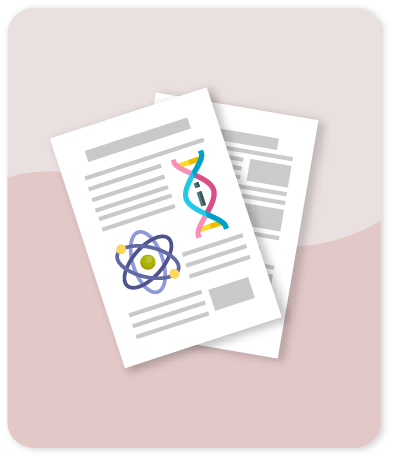To Be or Not To Be? that is the Entropic, Enthalpic, and Molecular Interaction Dilemma in the Formation of (Water)20 Clusters and Methane Clathrate

Compartir este ítem
Fecha
2022Autor
Flórez E
Acelas N
Gómez S
Hadad C
Restrepo A.
Citación
Metadatos
Mostrar el registro completo del ítemResumen
A detailed analysis under a comprehensive set of theoretical and computational tools of the thermodynamical factors and of the intermolecular interactions behind the stabilization of a well known set of (water)20 cavities and of the methane clathrate is offered in this work. Beyond the available reports of experimental characterization at extreme conditions of most of the systems studied here, all clusters should be amenable to experimental detection at 1 atm and moderate temperatures since 280 K marks the boundary at which, ignoring reaction paths, formation of all clusters is no longer spontaneous from the 20H2O→(H2O)20 and CH4+20H2O→CH4@512 processes. As a function of temperature, a complex interplay leading to the free energy of formation occurs between the destabilizing entropic contributions, mostly due to cluster vibrations, and the stabilizing enthalpic contributions, due to intermolecular interactions and the PV term, is best illustrated by the highly symmetric 512 cage consistently showing signs of stronger intermolecular bonding despite having smaller binding energy than the other clusters. A fluxional wall of attractive non-covalent interactions, arising because of the cumulative effect of a large number of tiny individual charge transfers to the interstitial region, plays a pivotal role stabilizing the CH4@512 clathrate. © 2021 Wiley-VCH GmbH
Colecciones
- Indexados Scopus [1813]
